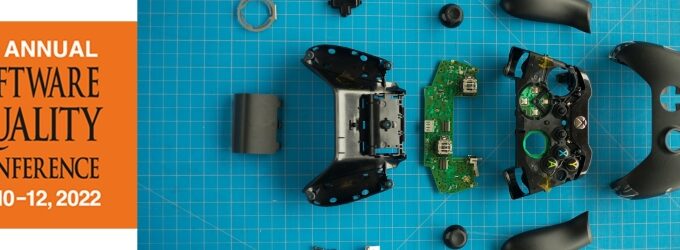Is your hardware/firmware integration a difficult and confusing process? The test team gears up to test a new feature, only to find the firmware team hasn't delivered it. Or firmware teams …
Continue Reading about Hardware/Firmware Integration – the Agile Way! →




